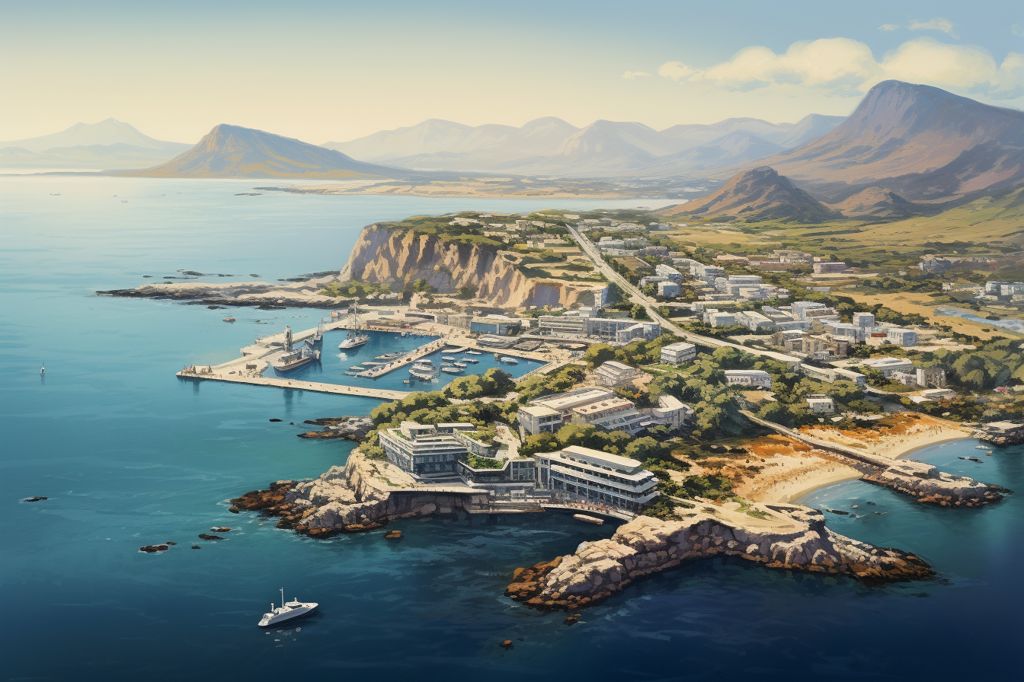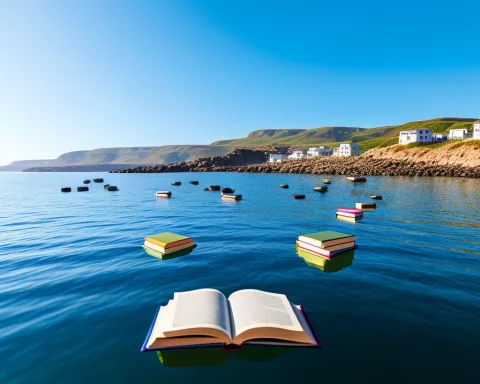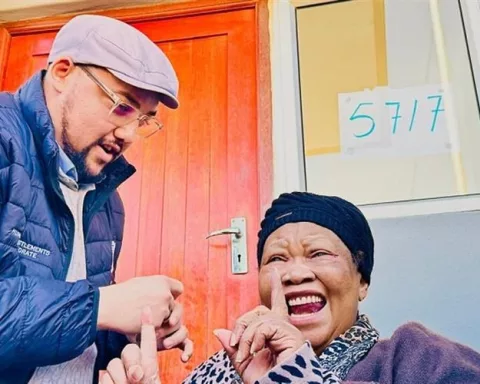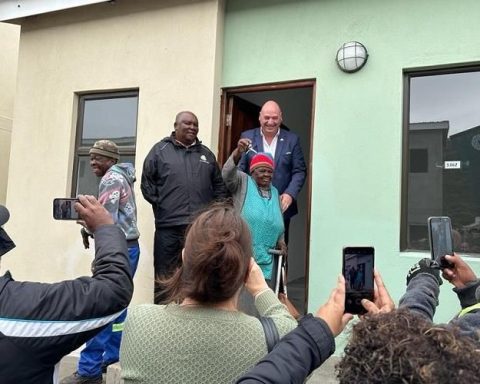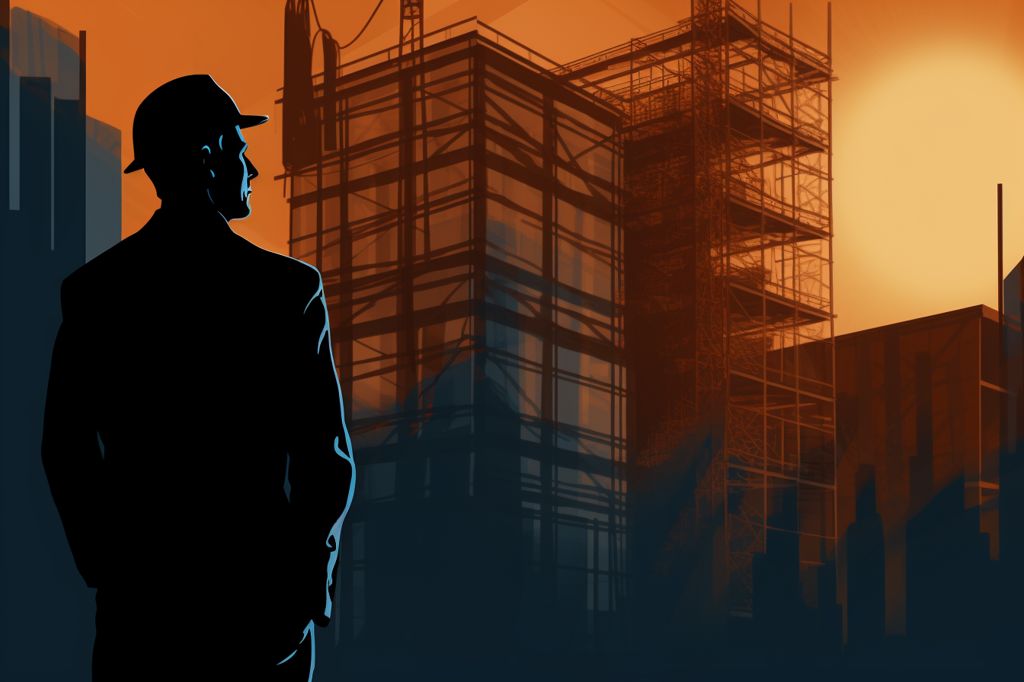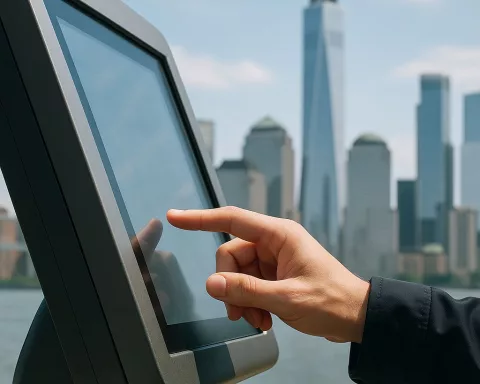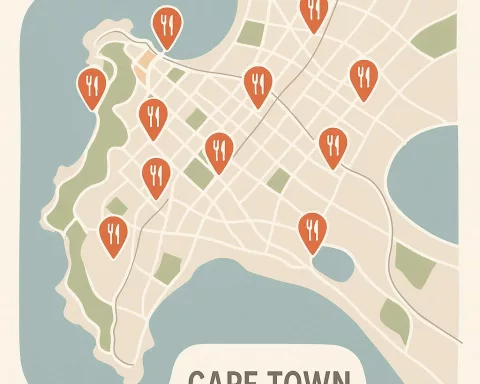The Assegaai Submarine Museum, Africa’s only submarine museum, has announced the reopening of its doors and relocation to Simon’s Town, South Africa. The museum has been closed to the public since 2015 due to the need for maintenance, but the relocation, made possible by two cradles, will allow visitors to get an up-close look at the mysterious underwater vessels.
A Remarkable Feat of Perseverance
South African Navy Vice Admiral Monde Lobese praised the volunteers’ unwavering commitment to the project during the recent unveiling of the cradles. He emphasized the unique significance of the Assegaai Submarine Museum, stating that it will be the 125th museum submarine in the world, but only the 7th in the Southern Hemisphere and the first one in Africa.
A Long-Awaited Revival
The Assegaai has served as a museum since 2008, but its exterior maintenance in 2015 forced it to close its doors to visitors while funds were raised for the necessary repairs. The museum finally received support in 2022 when Damen Shipyards Cape Town announced its intention to aid in the museum’s relocation.
The Last of its Kind
The Assegaai is the last of the three Daphné Class submarines built in France and used by the South African Navy during the 1970s, 1980s, and early 1990s. The submarine is soon to be transferred from its current location on the synchro lift to its new display location, where it will be mounted on the recently constructed foundations.
Significance for South Africa’s Heritage
The relocation and reopening of the Assegaai Submarine Museum represent a significant milestone for South Africa’s maritime heritage. The museum’s revival is a testament to the power of collaboration and determination, as well as a shining example of the potential for cultural institutions to thrive in Africa.
A Boost for Simon’s Town
Simon’s Town, already a popular tourist destination due to its picturesque location on the Cape Peninsula, stands to benefit significantly from the addition of the Assegaai Submarine Museum to its list of attractions. This unique institution will not only enrich the area’s cultural landscape but also serve as a valuable educational resource, providing visitors with a rare opportunity to delve into the fascinating world of underwater vessels and the history surrounding them.
The Assegaai Submarine Museum’s relocation to Simon’s Town is a remarkable accomplishment for all involved. As the museum prepares to reopen its doors to visitors, it represents a promising future for the cultural institutions in Africa.

